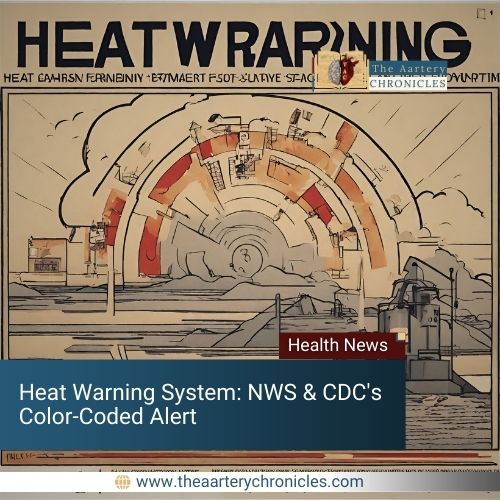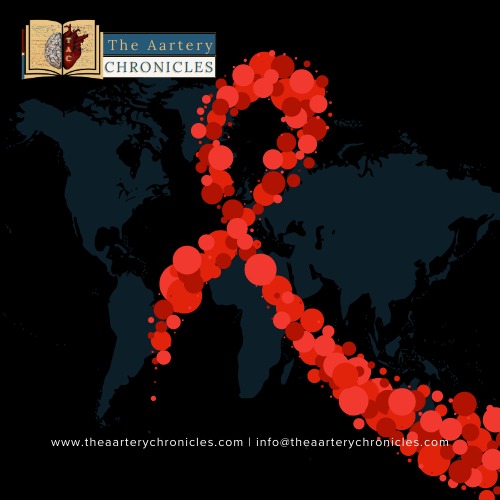

Heat Hazards: CDC's Color-Coded Warnings
Overview: Heat warning system
The National Weather Service and the Centers for Disease Control and Prevention (CDC) have launched a new heat warning system using color codes to indicate varying levels of heat risk. The system, presented on Earth Day, features a seven-day forecast and combines meteorological data with health risk factors. The system uses magenta as the color for the highest level of heat risk, signaling extremely dangerous conditions with little to no overnight relief.
Magenta, the top of five heat threat categories, warns of “rare and/or long-duration extreme heat” that affects everyone, according to the agencies. The level below magenta is red, indicating a major risk that impacts anyone without adequate cooling and hydration. Red is used for days that rank among the top 5% hottest for a given location and date.
A User-Friendly Approach to Weather Safety
Lower risk categories include orange for moderate risk, which affects heat-sensitive groups like the homeless, yellow for minor risk, and pale green for little to no risk.
The new heat risk system incorporates local weather data, climate patterns, and medical information to determine the thresholds for each category. Ken Graham, Director of the National Weather Service, explained that the system is designed to be straightforward, allowing the public to understand the warnings and take appropriate precautions.
Heat-related health emergencies
“Heat threatens our health,” said CDC Director Dr. Mandy Cohen. She noted that over 120,000 people were taken to the emergency room last year due to heat-related issues, making heat the leading cause of weather-related deaths in the United States. Rick Spinrad, Chief of the National Oceanic and Atmospheric Administration, cited CDC data indicating that heat is responsible for about 1,200 deaths per year.
The new heat risk system is available on both the CDC and National Weather Service websites, offering seven-day forecasts with detailed information on heat risks. The CDC site also includes a ZIP code-based tool for focusing on local health risks and air quality, while the weather service site provides additional forecasts and explanations. Both versions are also available in Spanish.
Dr. Ari Bernstein, Director of the National Center for Environmental Health, stressed the importance of planning, particularly for vulnerable populations. He recommended that doctors talk with their patients about potential precautions, especially for those taking medications that may interact with outdoor heat or those with respiratory issues like asthma.
As summer approaches, Graham warned of potentially higher-than-average temperatures for much of the United States, indicating that heat waves are becoming hotter, longer, and more frequent, with less relief during the night.
Source: Inputs from various media Sources

Priya Bairagi
- Medicine
- Nutrition And Diet












